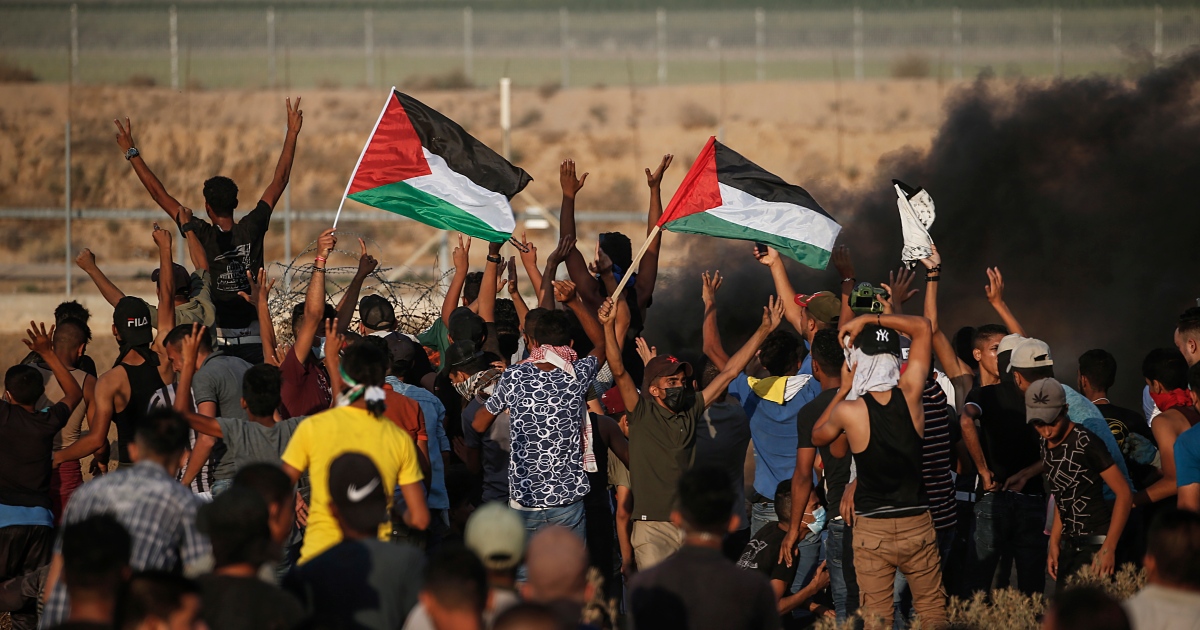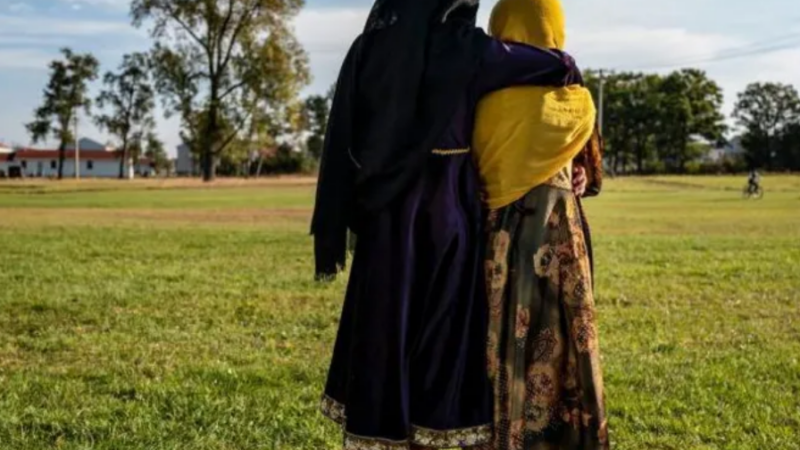Israeli blockade on Gaza eases, but residents are not hopeful

Although Israel lifted some restrictions, economic analysts say the moves will not lead to real development.
Al-Mina, Gaza – “It really changes nothing for us,” says Palestinian fisherman Khaled al-Habil. “Since we don’t have the spare parts we need for maintenance and repair, most boats can’t even go that far.”
Khaled was referring to the expansion of Gaza’s fishing zone announced by COGAT, an Israeli military unit responsible for civilian matters in the occupied territories, last Wednesday.
Among other measures, the fishing zone was expanded to 15 nautical miles (28km). Although the Oslo Accords signed in the early 1990s obligate Israel to allow boats to go as far as 20 nautical miles (37 km), the maximum it has ever permitted, up until last week, was 12 nautical miles (22km).
The atmosphere in al-Mina, Gaza’s main port, is a good indicator of political tensions. Israel frequently restrains the zone to Gaza’s fishermen in retaliation to Hamas decisions or anti-occupation protests. This instability affects the livelihoods of about 4,000 fishermen, their families, and thousands more people involved in the industry.
Khaled’s family is directly affected. Khaled, 55, inherited the fisherman profession from his father when he was just 10 years old and passed it along to his five sons.
“Fishing is all that we know, but the occupation does not allow us to practise our profession in peace and comfort,” he says.
The al-Habil family owns a trawler – a large fishing boat capable of going long distances – that has been inactive for more than two years.
According to Khaled, the trawler supported more than 20 families, but it is no longer working because of an engine problem – the mechanical parts that could fix the issue cannot be found in Gaza because of the Israeli-Egyptian blockade.
“The severe shortage of equipment and the prevention of their entry into the Strip is what they [Israeli authorities] should be actually addressing,” argues Khaled.
Currently, the al-Habil family is spread out and working on different boats that belong to fellow fishermen. When asked about their demands, all six agree that, for the fishermen of Gaza to thrive, it is not enough to grant nautical miles, the siege must be completely lifted.
‘Nothing will change’
For the past couple of weeks, Palestinians have been protesting against Israel’s crippling blockade of Gaza. In response to the building tension, COGAT announced not only the expansion of the fishing zone, but also three other measures.
As of last Wednesday, the water supply to Gaza has increased by an additional 5 million cubic metres (1.3 billion gallons), the quota of Gazan merchants allowed to pass through the Beit Hanoon crossing, known as Erez to Israelis, amounts to 7,000 (up from 2,000), and the Karem Abu Salem crossing, Kerem Shalom to Israelis, is completely open for the passage of equipment and goods.
Located at the southernmost point of the border between Gaza and Israel, Karem Abu Salem is Gaza’s main commercial crossing. Farmers, manufacturers and suppliers, who employ thousands of people, depend on the crossing to advance their businesses. However, even with the complete opening, it is Israel that determines what can cross, how much of it, and when.
“It seems that nothing will change because it’s operating the same capacity as before the war,” Rabeh Morrar, director of research at the Palestine Economic Policy Research Institute (MAS), told Al Jazeera.
According to Morrar, the crossing has the capacity of 1,000 trucks a day, but, currently, only about 300 trucks circulate. The researcher said because of the 11-day war on Gaza in May, the higher unemployment rate, coronavirus pandemic, and the suspension of the money sent from Qatar, the economic life in Gaza is quickly deteriorating.
“There’s no money in the hands of people to buy the goods they were buying before the war,” he says.
The expert also warned that materials considered “dual purpose” – that can be used for either civilian or military purposes – are forbidden to enter the Strip. This includes construction materials, such as cement and iron, and other raw supplies.
Even though building materials were allowed inside last week, Morrar says they are destined to the private sector and to international organisations, not to the rebuilding of Gaza.
“It’s kind of like Israel telling Hamas: ‘OK, we don’t need a war’, but these facilities don’t lead to real development,” Morrar says.
C heap labour for Israel
To get a “merchant title”, one must apply at the Gaza District Chamber of Commerce, Trade, Industry and Agriculture in Palestine. A person is eligible when they have a small market, business or personal relationships that facilitate the process.
Special permission is granted if the merchant wishes to work in Israel. This type of document is renewed every six months.
“The ‘merchants’ that have the permission of Israel [to pass the Karem Abu Salem crossing] are not really merchants, most of them are workers in the construction sector and in agriculture,” says Morrar.
The expert says the increase of merchants allowed to circulate is important for the economy, but insufficient. According to him, Israel must allow at least 50,000 workers in to actually make a difference in the economy of Gaza.
“Israel knows that [people are not always merchants], but for this kind of permission, they don’t pay social security, compensation, insurance, etc,” explains Morrar. “It’s tough but there’s no other choice for the people in Gaza.”
Water supply
The World Health Organization (WHO) set 100 litres as the minimum requirement for daily per capita water consumption. This amount should cover basic needs such as drinking, bathing, cooking and washing.
In Gaza, the average daily per capita consumption is only 88 litres; in Israel, by comparison, it is more than 200 litres. Only 10 percent of the water in Gaza comes from Israel. Still, the occupation and blockade have a big effect on the water crisis in the Strip.
To get around the shortage, some private wells operate in Gaza, but most are unregulated. Vendors desalinate water and sell it to households, however, two-thirds of this water is already contaminated when it is delivered.
And the cost is exceptionally high. The private market operates at 30 shekels ($9) per cubic metre of water. On the municipal network, it costs only 1-2 shekels per cubic metre.
Gaza receives a certain relief with an additional 5 million cubic metres, but like all other measures, it has yet to prove to be a solution.






